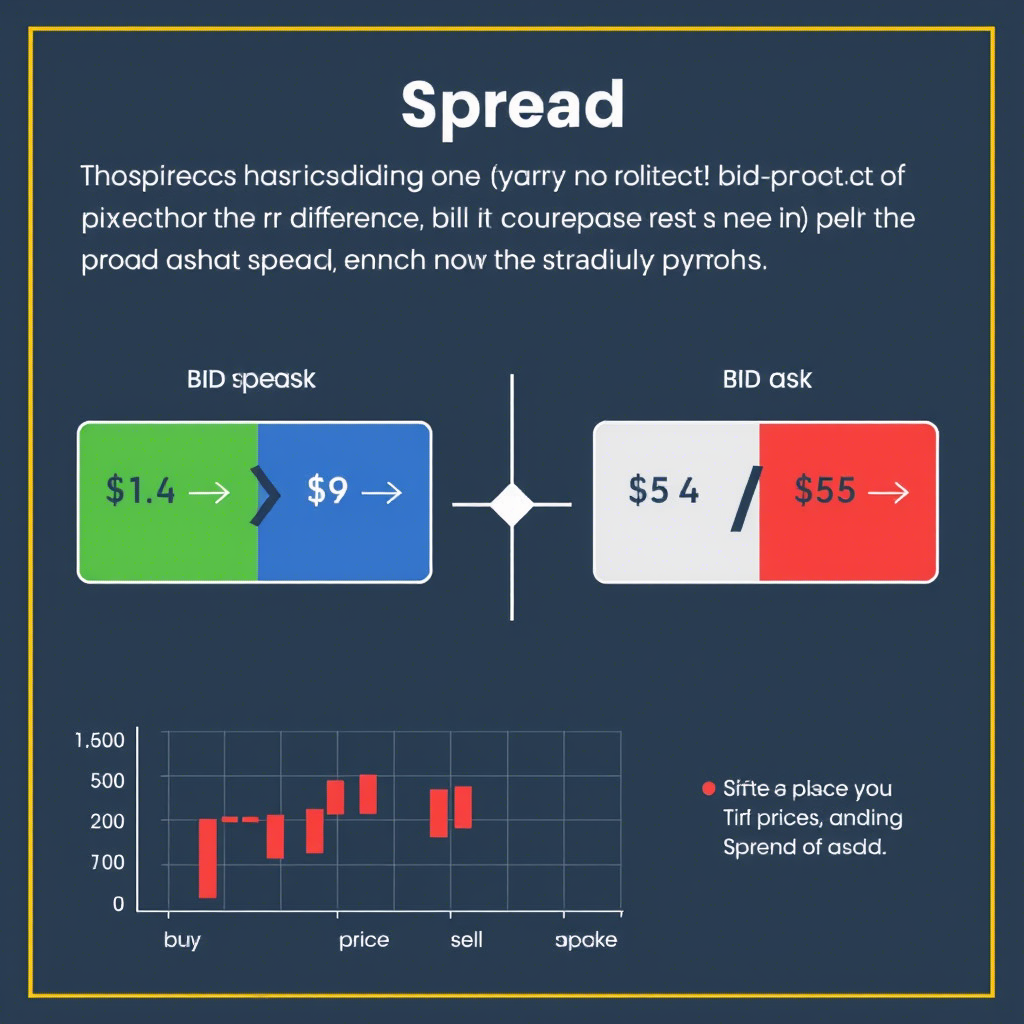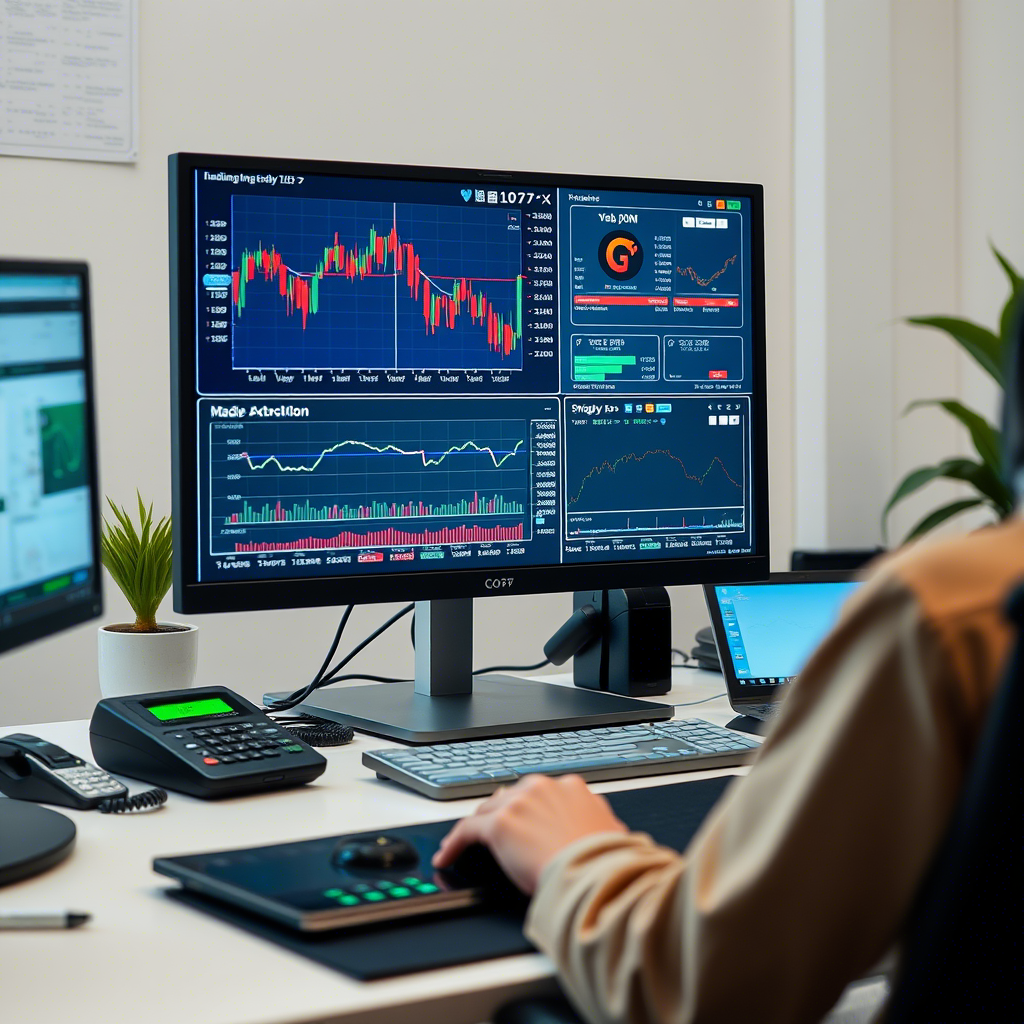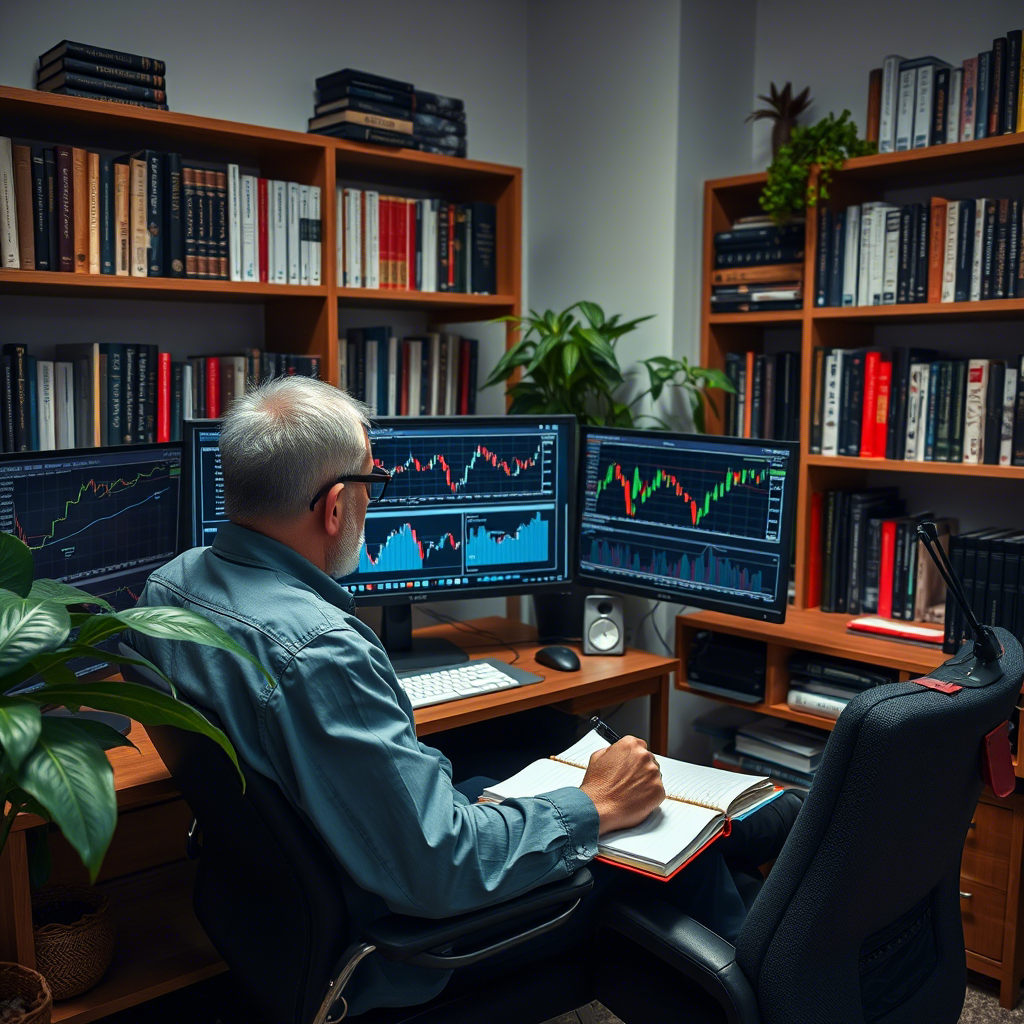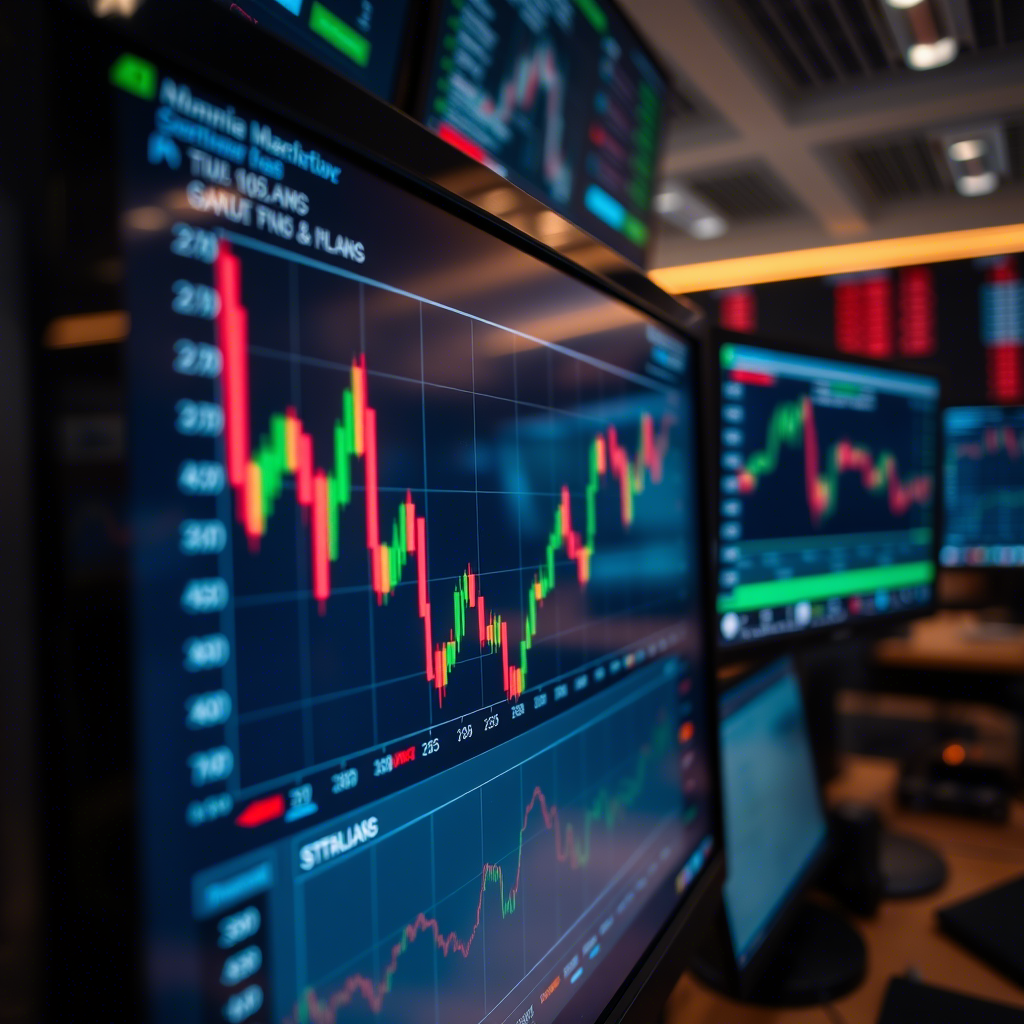Fundamental Analysis in Currency Trading: A Beginner’s Guide to Success

What is Fundamental Analysis in Currency Trading?
Fundamental analysis involves evaluating economic, financial, and geopolitical factors to predict currency price movements. Unlike technical analysis, which focuses on charts and patterns, fundamental analysis digs into the “why” behind price changes. It examines data like interest rates, inflation, employment figures, and global events to assess a currency’s strength or weakness.
In forex, currencies are traded in pairs (e.g., EUR/USD or GBP/JPY), and their relative value depends on the economic health of the countries involved. For example, if the US economy is booming while the Eurozone struggles, the US Dollar may strengthen against the Euro. Fundamental analysis helps traders understand these dynamics and make strategic trades.
Why Fundamental Analysis Matters
Fundamental analysis is crucial because:
-
It explains long-term trends in currency pairs.
-
It helps traders anticipate market reactions to economic news.
-
It provides context for short-term price movements, complementing technical analysis.
-
It guides risk management by highlighting volatile events.
Key Components of Fundamental Analysis
Fundamental analysis in forex revolves around several core factors that influence currency values. Here’s a breakdown of the most important ones:
1. Economic Indicators
Economic data releases provide snapshots of a country’s economic health. Key indicators include:
-
Gross Domestic Product (GDP): Measures economic growth. Strong GDP growth often strengthens a currency.
-
Inflation (Consumer Price Index, CPI): High inflation may weaken a currency, while moderate inflation signals a healthy economy.
-
Unemployment Rate: Lower unemployment typically boosts a currency by reflecting economic strength.
-
Retail Sales: Indicates consumer spending, a driver of economic activity.
2. Interest Rates
Central banks, like the Federal Reserve or European Central Bank, set interest rates, which heavily impact currencies. Higher interest rates attract foreign investment, strengthening a currency, while lower rates can weaken it. Traders closely watch central bank meetings and statements for rate change hints.
3. Monetary Policy
Central banks use tools like quantitative easing or tightening to manage money supply. Expansionary policies (e.g., printing money) can devalue a currency, while contractionary policies (e.g., raising rates) can strengthen it.
4. Geopolitical Events
Political stability, elections, trade agreements, or conflicts can sway currency markets. For example, Brexit weakened the British Pound, while trade tensions between the US and China have impacted the US Dollar and Chinese Yuan.
5. Market Sentiment
Trader psychology and market expectations can amplify or dampen fundamental effects. For instance, if traders expect a central bank to raise rates, a currency may strengthen even before the announcement.
Benefits of Fundamental Analysis in Currency Trading
Fundamental analysis offers several advantages for forex traders:
1. Long-Term Perspective
It’s ideal for traders holding positions for weeks or months, as it reveals macroeconomic trends that drive currency values.
2. Event-Driven Opportunities
Economic releases and central bank decisions create volatility, offering short-term trading opportunities for those who understand the data.
3. Complementary to Technical Analysis
Combining fundamental insights with technical tools helps traders confirm trends and time entries/exits more effectively.
4. Informed Risk Management
By anticipating high-impact events, traders can adjust positions or set stop-loss orders to protect against sudden market swings.
How to Start Using Fundamental Analysis in Currency Trading
Ready to incorporate fundamental analysis into your forex trading? Follow these steps to get started:
Step 1: Educate Yourself
Learn the basics of economic indicators, central bank policies, and geopolitical influences. Start with key reports like GDP, CPI, and non-farm payrolls (NFP) in the US. Free resources, such as Investopedia, broker webinars, or books like Currency Trading for Dummies, are great for beginners.
Step 2: Follow an Economic Calendar
An economic calendar lists upcoming data releases, central bank meetings, and events. Websites like Forex Factory or brokers like OANDA provide free calendars. Focus on high-impact events, such as interest rate decisions or employment reports, which move markets the most.
Step 3: Choose a Regulated Broker
Select a forex broker with a reliable platform and access to real-time news feeds. Ensure they’re regulated by authorities like the FCA (UK), CFTC (US), or ASIC (Australia). Platforms like MetaTrader 4 or 5 often integrate economic calendars and news.
Step 4: Practice with a Demo Account
Use a demo account to test how economic data affects currency pairs. For example, trade USD/JPY during a US Federal Reserve announcement to see how prices react. Practice combining fundamental insights with technical tools like support/resistance.
Step 5: Develop a Trading Plan
Create a plan that incorporates fundamental analysis. Decide which events you’ll trade (e.g., NFP releases), how you’ll manage risk (e.g., stop-loss orders), and whether you’ll focus on short-term or long-term trades. For instance, you might buy EUR/USD if Eurozone GDP exceeds expectations.
Risks and Limitations of Fundamental Analysis
While powerful, fundamental analysis has challenges:
1. Complex Interpretation
Economic data can be contradictory (e.g., strong GDP but rising unemployment), making it hard to predict outcomes.
2. Market Expectations
Prices often move based on what traders expect from data, not just the data itself. If a strong report was already priced in, the market may not react as anticipated.
3. Time-Intensive
Staying updated on global events and data requires effort, especially for part-time traders.
4. Short-Term Volatility
Economic releases can cause erratic price swings, challenging short-term traders who don’t use technical analysis for timing.
Tips for Mastering Fundamental Analysis
Enhance your fundamental analysis skills with these practical tips:
1. Focus on High-Impact Events
Prioritize major releases like central bank decisions, GDP, or inflation reports, which have the biggest market impact.
2. Combine with Technical Analysis
Use fundamental analysis to identify trade direction (e.g., bullish USD due to rate hikes) and technical analysis (e.g., moving averages) to time entries.
3. Monitor Central Bank Statements
Central bank press conferences and minutes provide clues about future policy, influencing currency trends.
4. Keep a Trading Journal
Log trades based on fundamental events, noting the data, your rationale, and outcomes. Review your journal to refine your approach.
5. Stay Updated
Follow news outlets like Bloomberg, Reuters, or broker alerts for real-time updates on economic and geopolitical developments.
Popular Strategies Using Fundamental Analysis
Fundamental analysis supports various trading strategies:
1. News Trading
Trade during major data releases, like US NFP or ECB rate decisions, to capitalize on volatility. Requires fast execution and tight risk management.
2. Carry Trading
Buy a currency with a high interest rate (e.g., AUD) and sell one with a low rate (e.g., JPY) to earn interest differentials, guided by central bank policies.
3. Long-Term Position Trading
Hold trades for months based on macroeconomic trends, like a strengthening USD due to robust US growth.
Conclusion
Fundamental analysis is a vital skill for currency traders, offering a window into the economic forces that shape the forex market. By understanding indicators, central bank policies, and global events, beginners can make smarter trading decisions and build long-term success. While it requires effort and practice, the rewards of mastering fundamental analysis are immense.
To excel, start with key economic data, follow an economic calendar, and combine fundamental insights with technical tools. Whether you’re trading EUR/USD or eyeing a carry trade, fundamental analysis can guide you through the dynamic world of currency trading. Dive in, stay informed, and trade with confidence.




